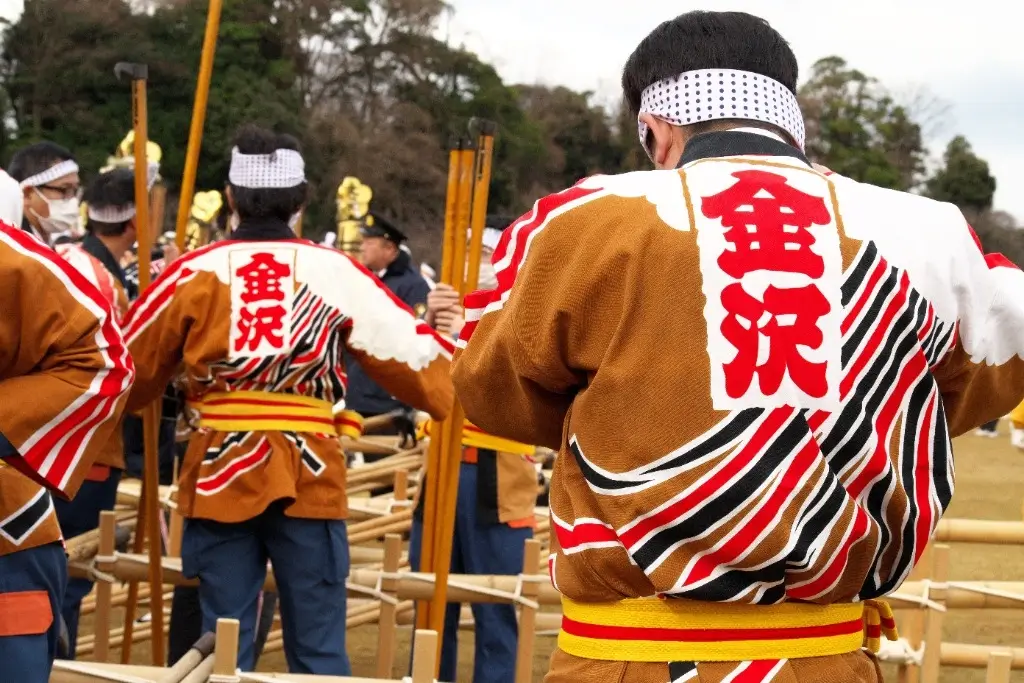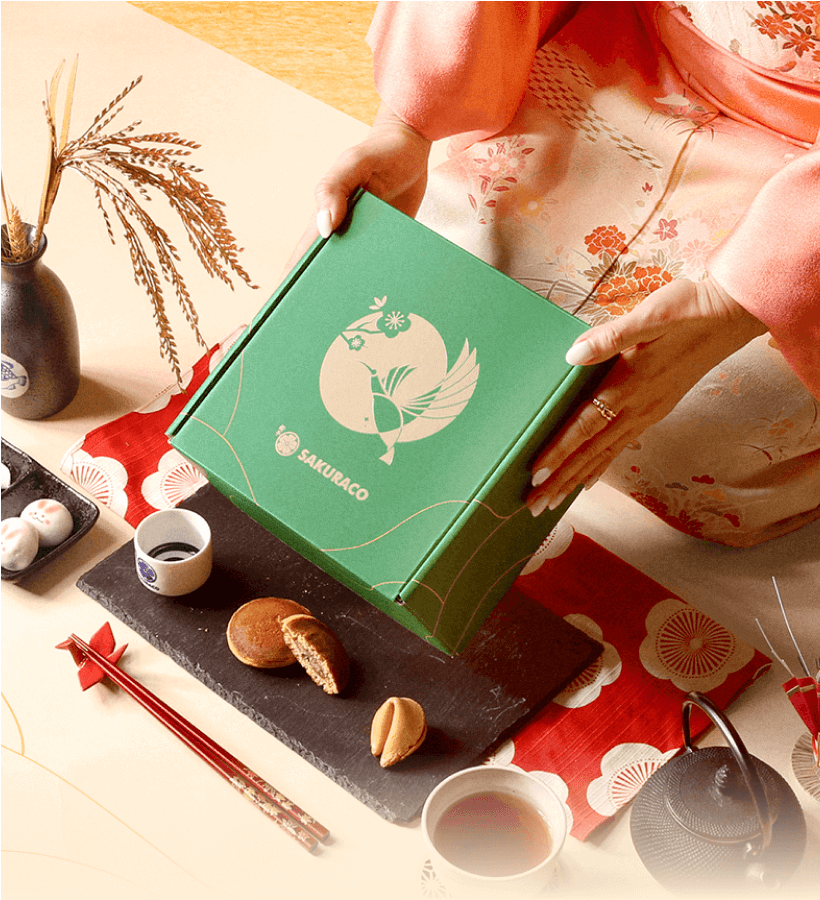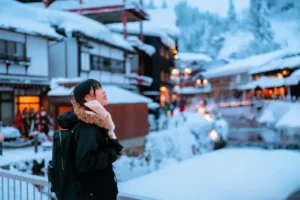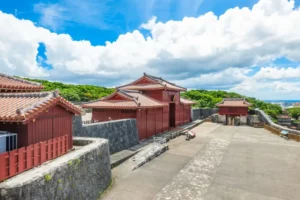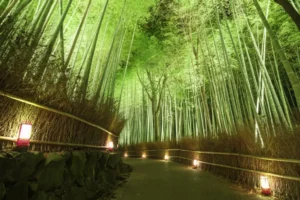The firefighter in Japan has a long and dedicated history. Fires have been a big problem for many years because most buildings are made of wood, which burns easily. Earthquakes and strong winds often cause fires to start and spread quickly. Because of this, Japan developed special ways to fight fires and protect its towns.
In the 1600s, firefighters in Japan were organized into groups. Some were samurai firefighters, and others were townspeople firefighters. Many of their old traditions and tools are still used alongside modern firefighting methods. Today, we’ll look at the history of firefighters in Japan!
Table of Contents
ToggleWhat was the firefighter in Japan like during the Edo Period?
Firefighting in Japan took shape during the Edo period (1603–1868). Towns like Edo (now Tokyo) grew fast, and their wooden buildings were packed closely together. Homes were mostly made of wood, bamboo, straw, and paper. Fires broke out often, starting with lanterns and traditional indoor hearths (iori). The Tokugawa shogunate set up the first formal fire brigades in 1629. These early firefighters, called hikeshi, were split into samurai and townsfolk units. In 1718, samurai hikeshi were officially organized to extinguish blazes.
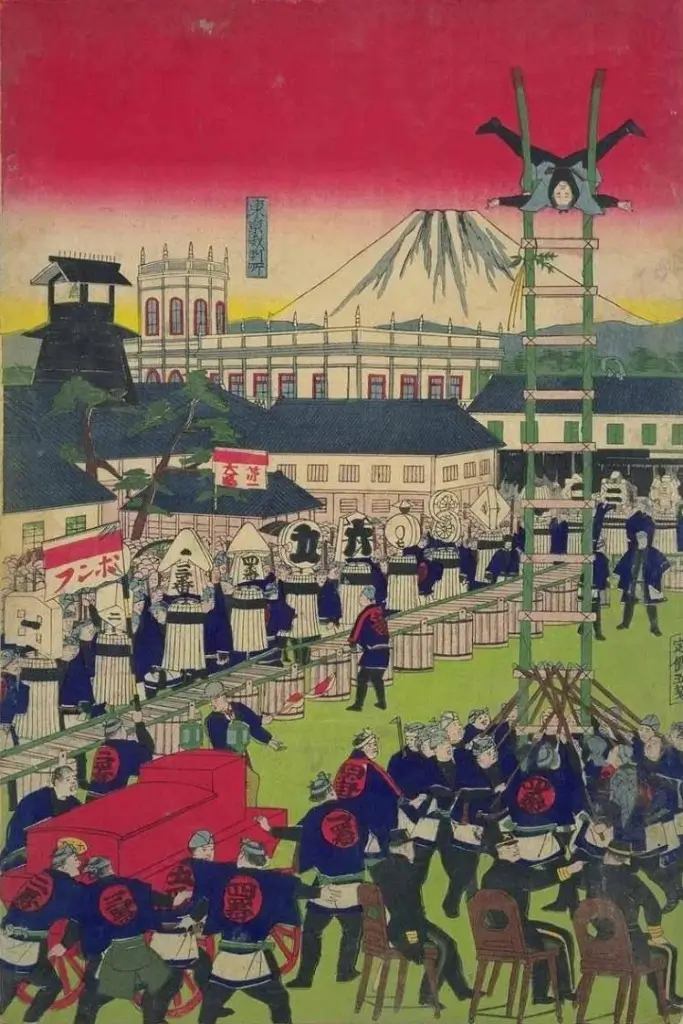
Their methods were simple yet bold. They wore thick coats soaked in water to shield them from the heat. They also carried tall standards known as matoi for identification and communication in the field. With no hoses, they used long pikes called tobiguchi to tear down nearby buildings and stop fires from spreading. In those days, fighting fires was challenging, so prevention was the focus. Volunteers manned watchtowers, and neighbors kept buckets of water on hand. This era birthed a firefighting culture tied to community and duty.
How did the firefighter change during the modern era?
During the Meiji era (1868–1912), cities modernized, but fires raged in older, wooden districts. But the nation was also opening up to outside influence. In 1874, the government formed the first professional fire departments. Tokyo’s first fire station opened in 1880, marking a shift in Japan’s firefighting strategies.
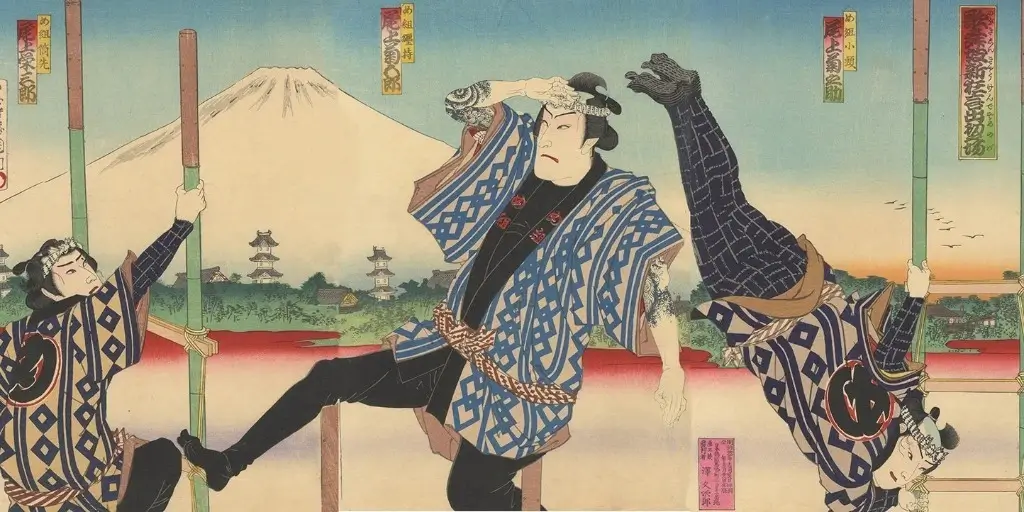
The new ideas aligned with Japan’s industrial boom. Scattered volunteer groups were replaced with trained teams. Firefighters gained uniforms and better training. New tools like water pumps and hoses arrived from abroad. The hikeshi spirit met modern science and technology, creating more efficient forces.
How is the firefighter related to the community?
As stations in Tokyo started using imported gear and tactics, the city became a source for new firefighting ideas. These new strategies spread to other cities across the country. But the formation of official stations wasn’t enough. Kyoto, for example, relied on constant vigilance to protect its large number of temples and shrines. Volunteer firefighters called shobodan reinforced official departments, especially in smaller communities.
These groups were organized and governed by the members themselves. The local government raised money for equipment, and the members were unpaid. These shopkeepers and farmers knew their towns well, and their role went beyond responding to fires. Rural areas also leaned heavily on these local heroes after floods and quakes. During the Showa period (1926–1989), their numbers peaked at two million strong. Today, about 800,000 still serve.
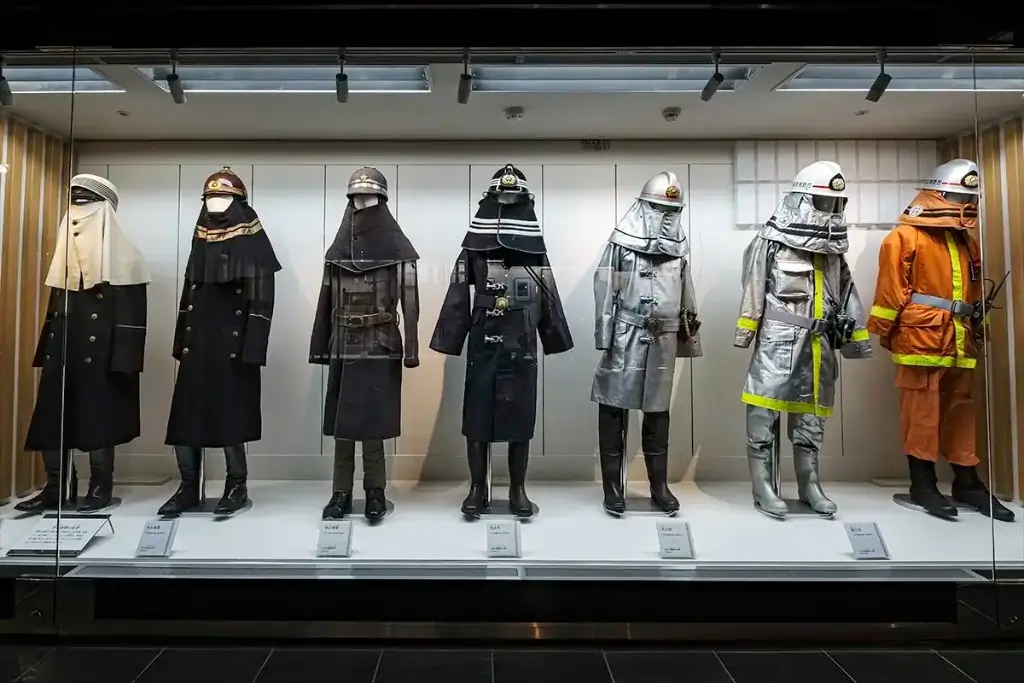
Wartime and Postwar Challenges
World War II tested Japan’s firefighters like never before. Wooden structures burned fast after bombings, and firefighters’ jobs were also made even more complicated due to shortages of equipment and water. After the war, the Fire Service Law of 1948 set up city-run departments. The lessons learned during wartime inspired new tactics. Rebuilt stations soon dotted cities, training improved, and helicopters joined the fight.
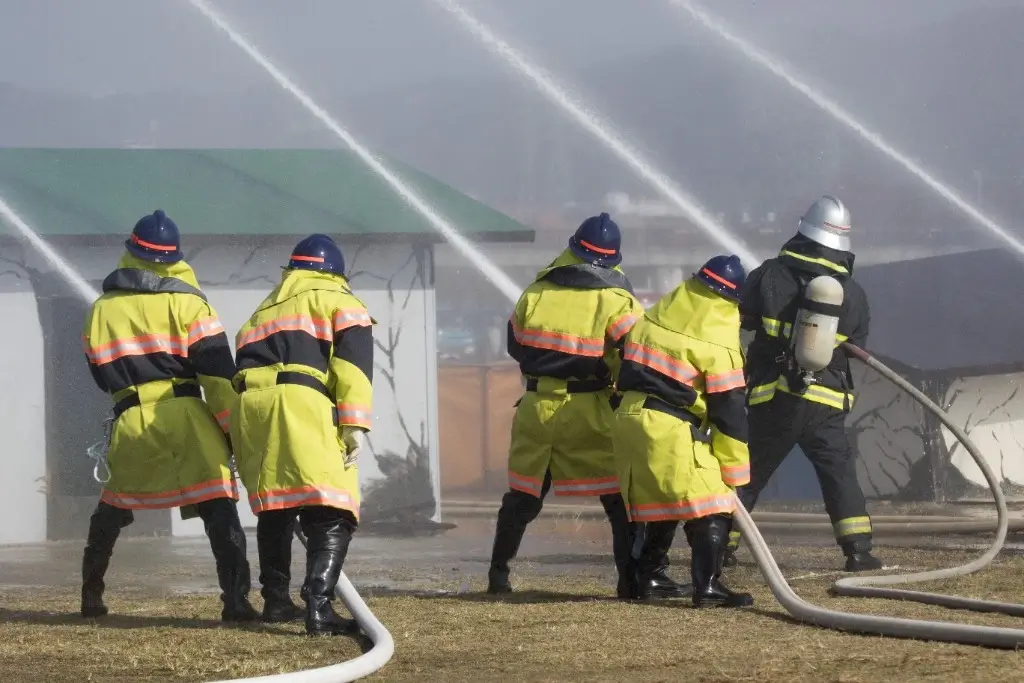
What methods does the firefighter use in Japan today?
In the Reiwa era (2019–present), firefighters in Japan blend tradition with even more cutting-edge tools. Drones scout fire scenes from above. Robots tackle blazes in tight spots. Moreover, nitrogen-enriched air puts out flames without water. Today’s force is composed of 170,000 professionals and many volunteers. In 2025, Ofunato on Honshu’s east coast faced the largest wildfire in Japan in 50 years. Helicopters and crews from 14 prefectures were able to rush in and assist. The response showed Japan’s modern firefighting reach and cooperation between departments in times of crisis.
Why is firefighting important in Japan’s history?
Firefighting is important in Japan’s history because, unlike many other professions, it has deep ties to local communities. Groups around the country still keep the old ways alive, even while facing modern challenges like fewer volunteers. When the air is dry in winter, “night fire patrols” (hinoypjin no yomawari) still remind neighborhoods of fire precautions and other disaster prevention measures.
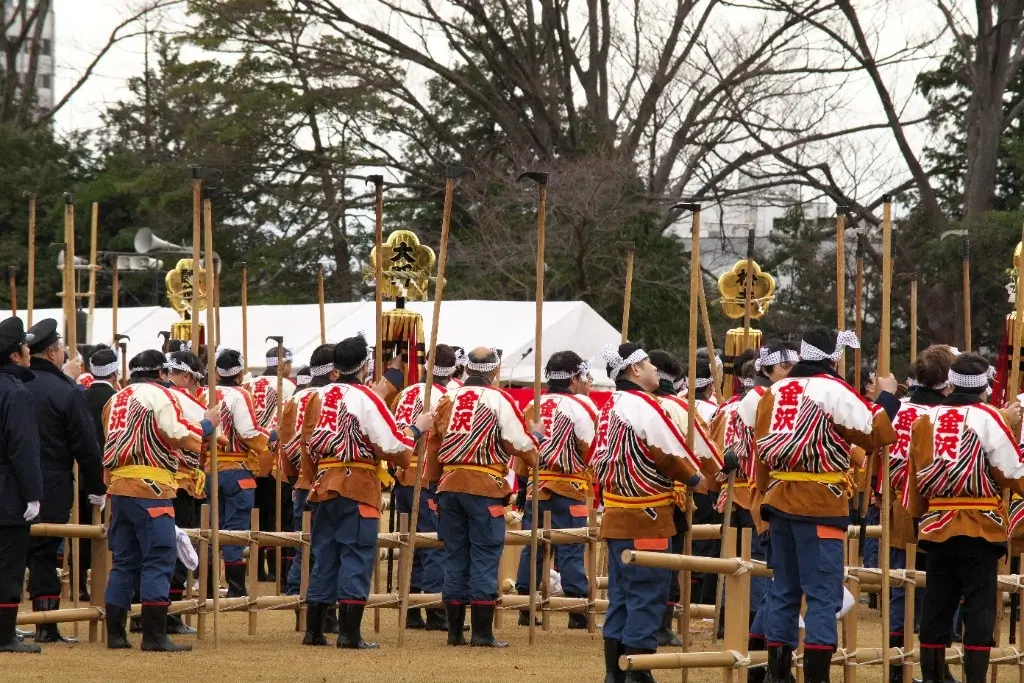
Their clacking of wood palettes reassures residents that their neighbors have their safety in mind and provide an opportunity to interact. This sense of teamwork also ties firefighters to cultural preservation. They protect historically and spiritually important sites, legacies, and lives.
This is also a story of sacrifice by brave members and people who lost their homes. This history offers more than facts. It also shows the value of duty. Even as technology like AI and self-extinguishing materials keeps evolving, firefighting in Japan still honours its roots. Do you know of any other interesting facts about Japan’s firefighting legacy? Are you or anyone you know a member of the night fire patrol? Share your experiences or knowledge in the comments below!
Sources
- International Fire Service Information Center. “The History of Firefighting (Tokyo and Yokohama)“
- Museums in Japan. “Fire Museum – The Complete History of Firefighting in Japan“.
- Old Photos of Japan. “1880s Japanese Firefighting“.


